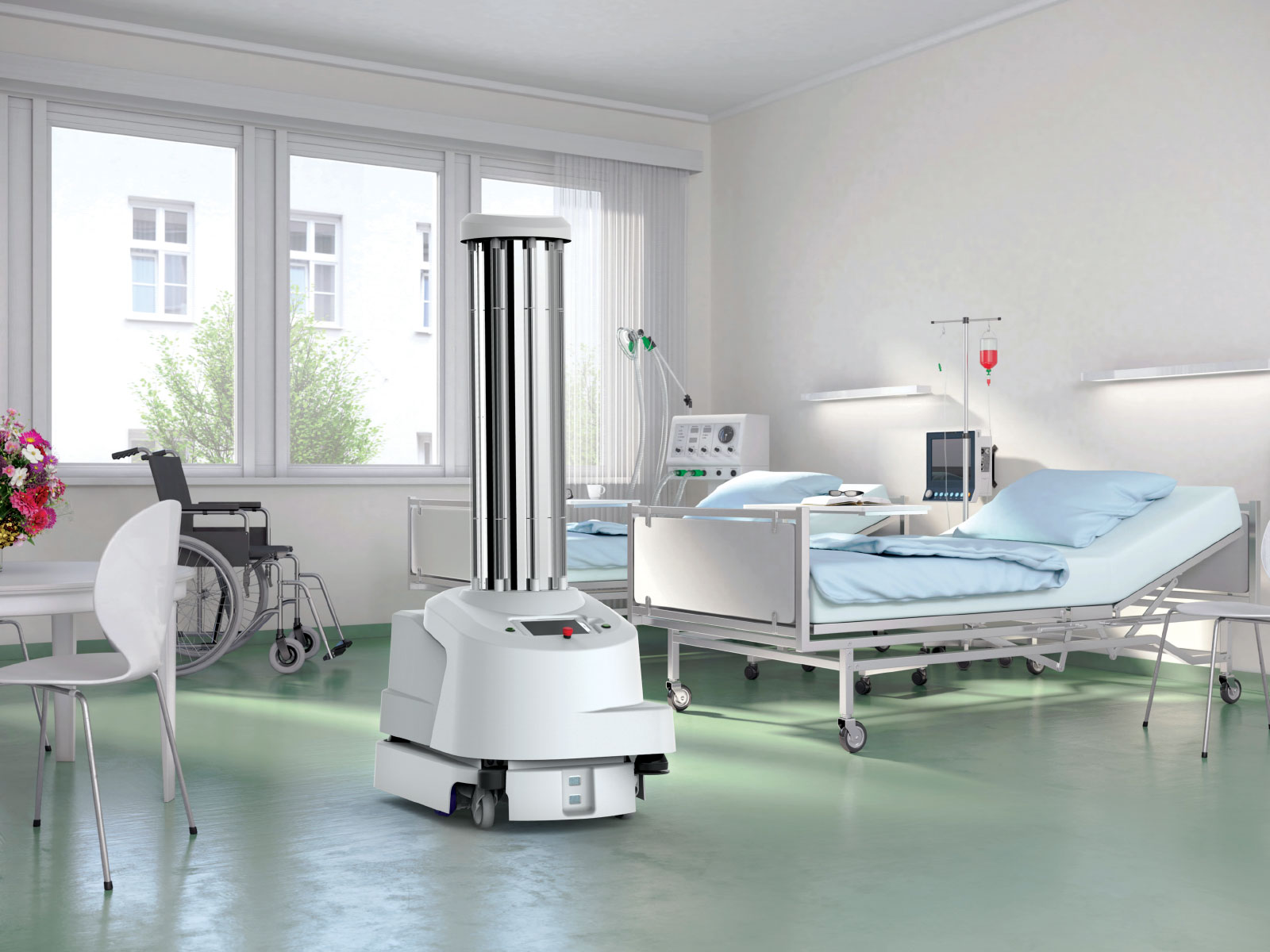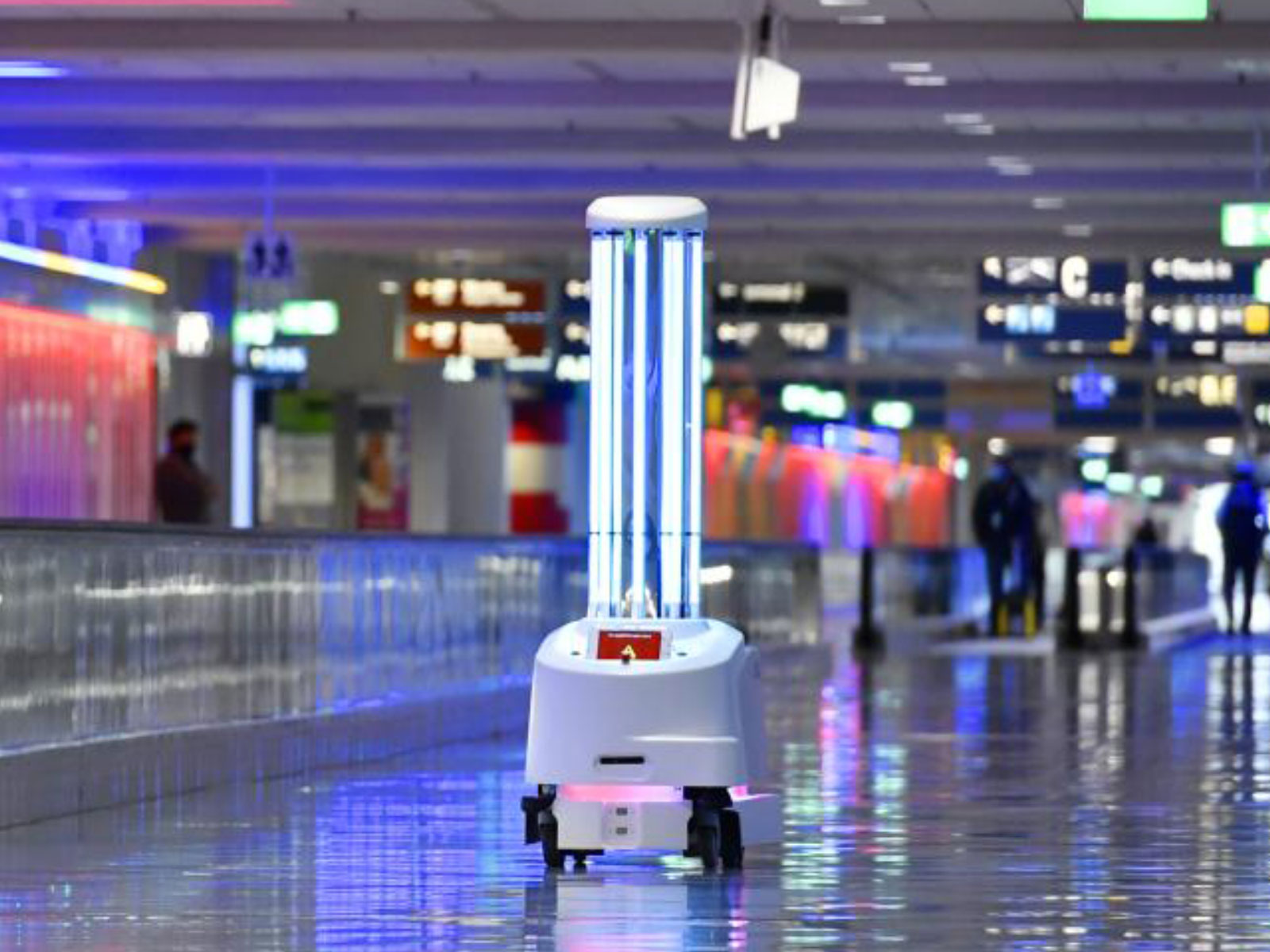By Alex Mihailidis
The surge in COVID-19 cases across Canada seems like a recurring nightmare, with long-term care homes once again reporting deadly outbreaks. It comes only a few weeks after an independent commission in Ontario issued a dire warning about the need to take urgent action to prevent another disaster in the sector, citing “pre-existing and COVID-related staffing shortages; and a lack of strong infection prevention and control measures.”
These are profound and longstanding challenges and no one should pretend that there are simple solutions. But we do have tools available that can make a significant difference.
Canada, in its quiet, modest way has become a leader in the emerging field of AgeTech—technology that can assist older adults to live independently longer and can also support residents and staff in long-term care.
To be clear, no technology can supplant the human touch. But if it can ease the burden for overworked staff, then it makes them better able to focus on their most important person-to-person duties. Technology can also improve safety for all.
Recently, the University of Toronto’s Robotics Institute issued an important white paper in which it pointed out that Canada has significant assets in the field of robotics but is not exploiting them as much as other nations in the fight against the pandemic. As a result, it “risks falling behind … in leveraging robotics technologies to navigate the pandemic, post-pandemic recovery
and the future beyond.”
Robots that disinfect health care facilities have been used extensively around the world since the onset of the pandemic and, as the white paper concludes, “show great promise in reducing exposure risk and augmenting cleaning capacity when workers fall ill or cannot come into work.”

The McGill University Health Centre is testing a Danish system by Blue Ocean Robotics that uses UV light for disinfection, meaning that in a room that had housed a sick person, the air can be cleared of lingering traces of the coronavirus, reducing the risks for workers who then come in to do the finer cleaning. There are Canadian startups working on similar technology, supported by funding from the non-profit Next Generation Manufacturing Canada. A good start but we can and should do much better in investing in this promising sector.
Relief for staff and residents could soon be provided with emerging technology such as a compact device called the Delta Platform™ that allows a single caregiver to transfer a person to and from a bed, without contact and without risking injury to either while maintaining the dignity of the resident. It’s the product of a startup called Able Innovations (which is supported by AGE-WELL, the research network of which I am scientific codirector). If it takes one person instead of three or four to move a resident, then it frees staff up to give more face-to-face care.
Canadians aged 65 and older now own a smartphone. A quarter of those now use video calling on their smartphones.
A wearable device developed by a Halifax company called Tenera Care is being used for contact tracing in some care homes. If a resident, staff member or visitor tests positive, it provides a readout of every person who had been in recent contact—invaluable information in controlling an outbreak.
Some of the most heartbreaking stories during the pandemic have come from residents of long-term care homes and their family members, who are cut off from each other due to restrictions. Technology is an imperfect substitute for hugs, kisses and hand holding but the damage of distancing can be alleviated with innovations such as a communications platform developed by FamliNet that allows older adults who might have few computer skills to connect with family.
There is a mistaken belief that older people are techno-phobic. An Environics Research poll released in September explodes that myth, showing that older Canadians have increased their use of many technologies during the pandemic. Two-thirds of Canadians aged 65 and older now own a smartphone. About a quarter of those Canadians over 65 now use video-calling on their smartphones.
Older people are ready to embrace technology and pilot projects are showing it can work. Across the country, brilliant researchers continue to develop innovations that can alleviate some of the most pressing problems in long-term care.
Reprinted with permission from healthydebate.ca.
Alex Mihailidis is CEO and scientific co-director of the AGE-WELL Network of Centres of Excellence and professor of Biomedical Engineering and associate vice president for International Partnerships at the University of Toronto.













